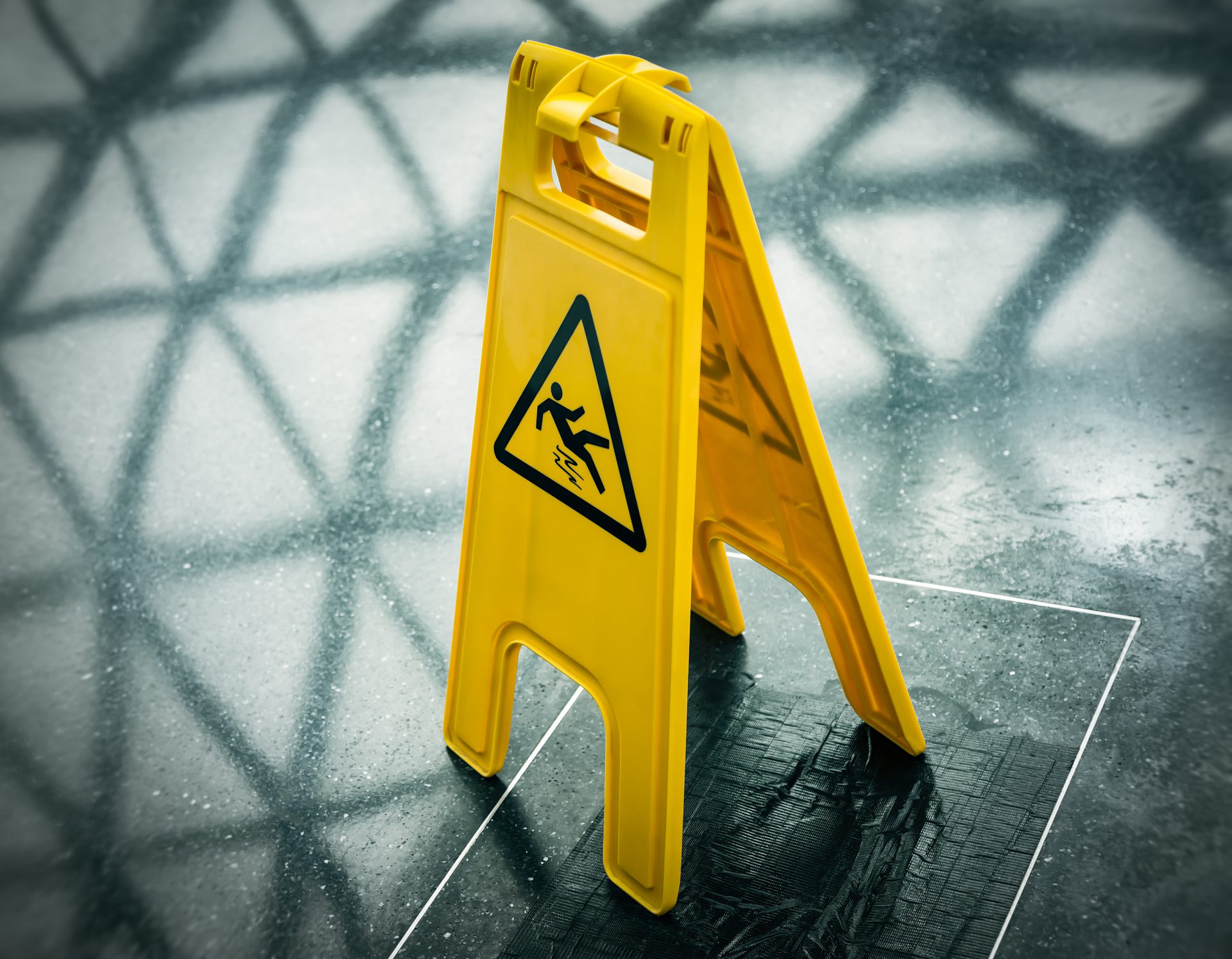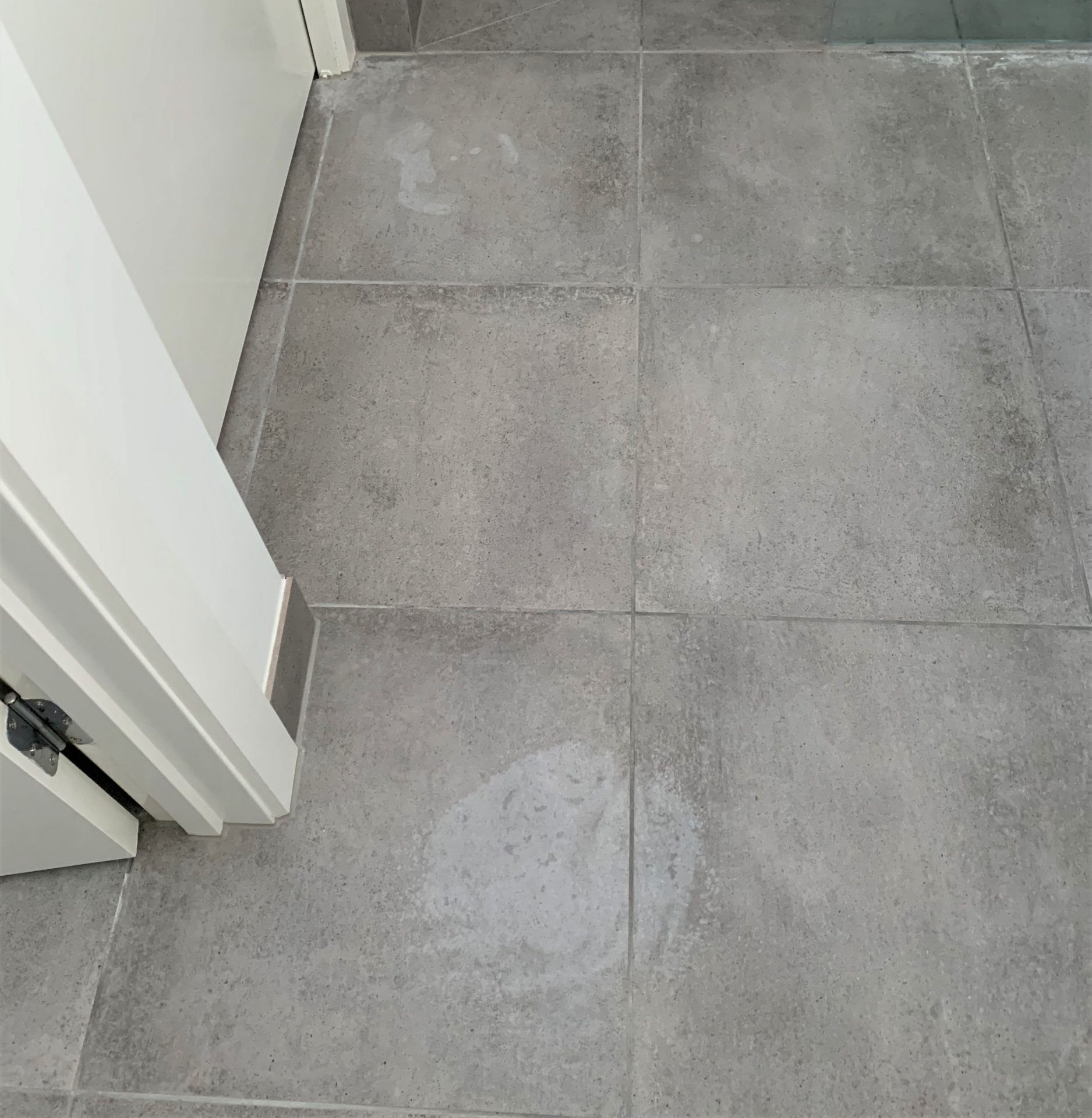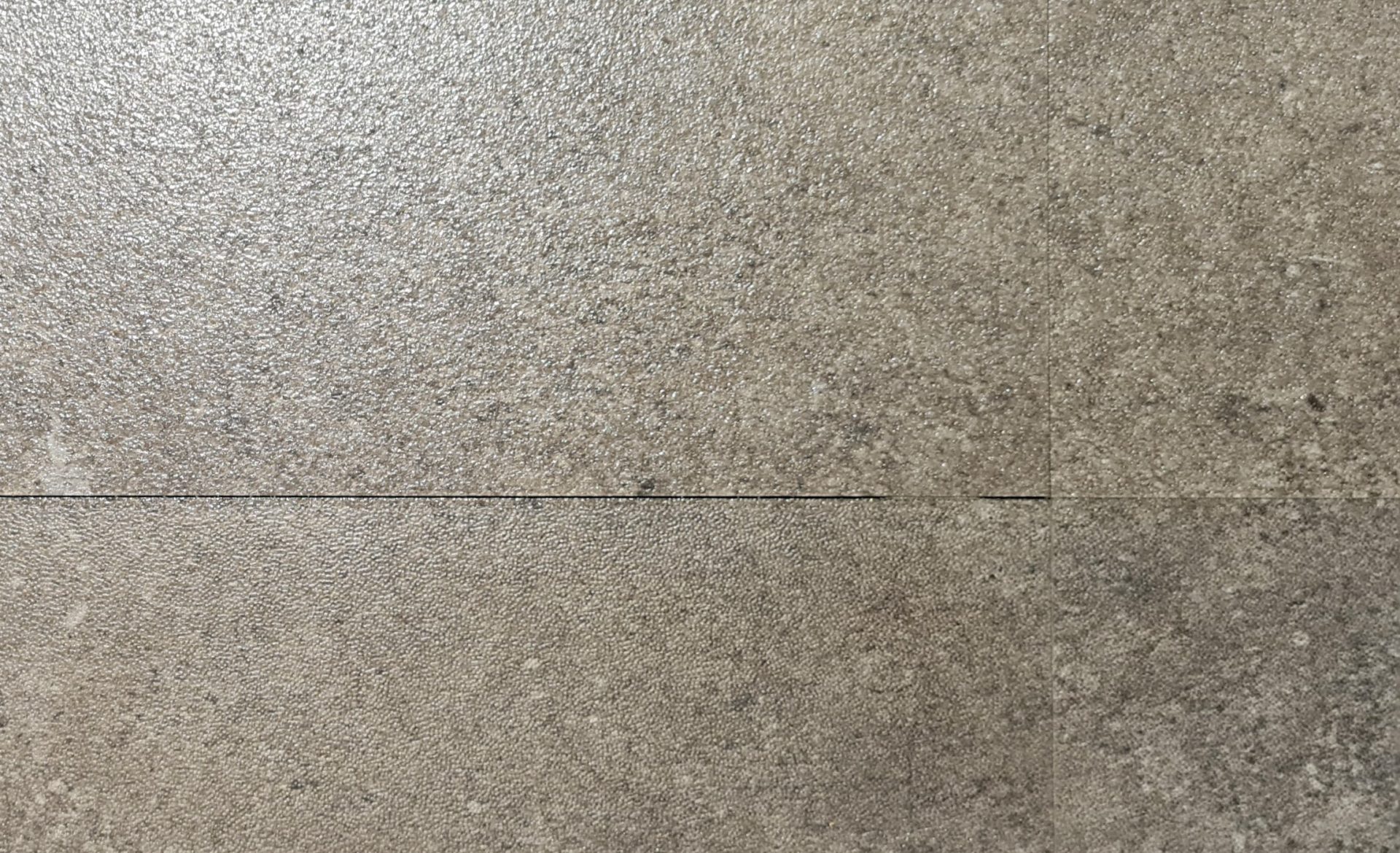
Non-Slip Coating or Anti-Slip Treatment?
Non-Slip Coating or Anti-Slip Treatment?
When you are looking for a suitable non-slip solution, you will often come across two different solutions: non-slip coatings and anti-slip treatments. Here you will learn the differences between the two options so you can decide which solution is best for you requirements.
| Swiss GriP Non-Slip Coatings | Anti-Slip Treatments | |
| Composition | High build, dual component polyurethane coating. | (Hydrofluoric) Acid. |
| Certifications | P5 Slip Rating in accordance to NZ4586, and independently certified. Meets and exceeds safety standards in wet and dry conditions. | Cannot be certified by independent institutions like CSIRO. Limited functionality, especially in wet conditions. |
| How does it work? | Creates a transparent, slip-resistant layer on top of the surface. | Attacks the calcium in the flooring or etches into the glaze and silica composite of tiles. |
| Effect on surface | Seals and protects the surface | Breaks the seal of tile by etching into the surface. Can cause change in appearance or causes a dulling-effect. |
| Safety and Environment | Water-based, non-hazardous coating | Hazardous material. Highly corrosive and acute toxicity. Material is fatal when swallowed. Fatal in contact with skin. Fatal if inhaled. |
| Limitations to surface type? | Can be used on any surface | Unsuitable for porous surfaces like marble, slate and concrete. No effect on acrylic tubs and showers. |
| Renewable? | Yes | No |
| Cleanability | Water and dirt repellent, easy to clean. | Makes tiles porous, allowing dirt to easily penetrate into the surface. This can make it difficult to clean and maintain the surface. |
| DIY | Yes, available as DIY solution or installation service. | No, hazardous status of the material does not allow DIY installations. |
| Close Up of Application / Treatment |  |
 |

Anti-Slip Treatment
An anti-slip treatment is an acid etching technique. The process involves an acid which attacks the calcium in the flooring or reacts with the glaze and silica composite of tiles. Therefore, the anti-slip treatments chemically damage and change the structure of the tile surface. Because an anti-slip treatment breaks the seal of tiles, it can be difficult to keep the surface clean after the treatment.
Effectiveness of anti-slip treatments
The effectiveness of acid etching treatments depends on the strength of the acid and the dwelling time. However, there is little scientific evidence on the functionality of anti-slip treatments. For example, anti-slip treatments cannot be independently certified by institutions like CSIRO because the effect of the acid differs widely per surface material. Therefore, “in-house” testing reports are provided as independent test reports are not available. Rarely do treatments meet the Australian Standard for Slip Resistance without, especially in wet conditions (Whitfield, K, Bridge, S, Mathews, S. 2005, ‘Selecting Coating for Tiled Floors’, The University of Sydney: Faculties of Health Sciences and Architecture).
Left: Stains on tiles caused by anti-slip treatment
Read: Horror fall causes broken neck: Gillian’s struggle to find the right non-slip solution
Non-Slip Coatings
A non-slip coating is a single or dual-component coating which is applied like a paint to the surface (roller or sprayer). So besides providing slip-resistance, a non-slip coating also works as a sealer and creates a protective layer on the surface. This has the added benefit of preventing dirt from getting into the surface, making it easier to maintain the area. Because non-slip coatings do not damage or chemically alter the surface, they can be applied on a wide range different materials. Moreover, non-slip coatings can be transparent or available in a range of colours.
Effectiveness of non-slip coatings
Non-Slip coatings are available in different grades and effectiveness. Because non-slip coatings create a consistent finish, the effectiveness can be measured and certified by independent institutions like CSIRO. These institutions will test the slip-resistance rating of the coating in accordance to the Australian Standard for Slip-Resistance (NZ4586). These tests can be conducted in dry an wet conditions, so always check if the effectiveness of a non-slip coating meets the required standard in wet conditions.
Swiss GriP Non-Slip Coatings are certified and score the best possible slip rating in wet and dry conditions. Learn more about slip-ratings here.
Right: Top part of tile coated with Swiss Grip Non-Slip

Non-Slip Coating or Anti-Slip Treatment?
Because a non-slip coatings is often a high build polyurethane or epoxy, they are generally more expensive than acids. So if you are on a budget, you might favour an anti-slip treatment. However, if you care about safety and prefer a solution that works in any situation, a non-slip coating is the way to go.
Why should I use SWISS GriP Non-Slip?
- Swiss made – Premium quality non-slip coating
- Since 1995 – Used in more than 50 countries
- Invisible– Transparent, UV-stable coating. For interior and exterior applications
- Certified – P5 slip-rating. Certified by CSIRO in accordance to NZ4586
- References – Trusted by leading hotels, hospitals and aged care facilities
- Active adhesion – Can be used on all surfaces
CONTACT US
Are you looking for more information or a quote? Fill in the contact form below and we will get in touch with you within 24 hours.